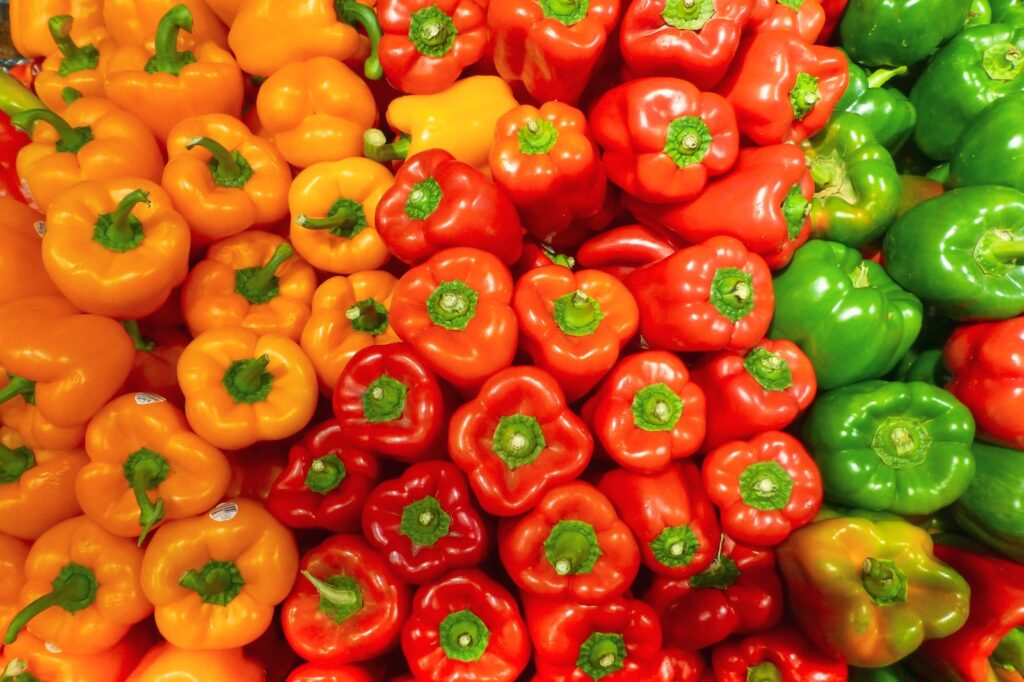- No. 268 Xianghe Street, Economic Development Zone of Xingtai city, Hebei 054001 China
- Byron@hbhongri.cn
Exploring Various Varieties of Paprika and Their Unique Flavors
Exploring the Vibrant World of Paprika Types
Paprika, a spice made from ground, dried fruits of Capsicum annuum, is more than just a colorful addition to dishes; it embodies a rich history and a diverse array of types, each with unique flavors, colors, and culinary uses. Hailing primarily from Hungary and Spain, paprika is integral to many cuisines worldwide, and its various types have distinct characteristics that can enhance any recipe.
The Hungarian Paprika
Hungary is often considered the birthplace of paprika, and its varieties are celebrated for their quality and depth of flavor. Hungarian paprika is categorized into several types, primarily distinguished by their heat levels and flavor profiles
1. Sweet Paprika (Édesnemes) This is the most common variety and is characterized by its vibrant red color and sweet, mild flavor. It’s the go-to choice for traditional Hungarian dishes like goulash and is commonly used to add warmth and color to soups and stews.
2. Hot Paprika (Erős Pirospaprika) As the name suggests, this variety packs a punch. It contains more capsaicin, the compound responsible for the heat in peppers. While it adds spice to dishes, it also retains the rich flavor profile associated with paprika, making it perfect for seasoning meats and spicy sauces.
3. Semi-Sweet Paprika (Félédes Pirospaprika) This type strikes a balance between sweetness and heat, providing a mild yet zesty flavor. It is versatile and can be used in a variety of dishes, making it a staple in many Hungarian kitchens.
4. Smoked Paprika (Füstölt Pirospaprika) Known for its distinct smoky flavor, this variety is made from peppers that are smoked over an oak fire before being ground. It is popular in Spanish cuisine, often used in chorizo and paella, giving dishes a rich, earthy depth.
Spanish Paprika
paprika types

Spain also boasts a notable paprika tradition, with the most famous variety being Pimentón. Spanish paprika comes in three primary varieties, each offering a unique taste and level of smokiness
1. Pimentón Dulce This is the sweet version, similar to Hungarian sweet paprika, known for its sweet, smoky flavor. It is essential in classic Spanish dishes like patatas bravas and is used to season seafood, vegetables, and meats.
2. Pimentón Picante This hot version is made from spicier peppers and provides a robust heat, complementing various dishes, especially in stews and marinades.
3. Pimentón Ahumado Like smoked paprika from Hungary, this type is made from smoked peppers, giving it a distinct, rich flavor. It is frequently used in Spanish chorizo and other cured meats, adding complexity and depth.
Uses in Cooking
Regardless of its origin, paprika is an incredibly versatile spice. Besides its primary roles in meat dishes, stews, and soups, it also shines in a variety of applications. Sprinkle it over roasted vegetables for added color and flavor, stir it into sauces for a rich, savory note, or use it as a base for marinades. In many cultures, paprika is used as a finishing spice to garnish dishes before serving, imparting both visual appeal and a hint of flavor.
Conclusion
From the sweet, mild varieties of Hungary to the smoky, robust types of Spain, paprika is a spice that enhances both the flavor and visual appeal of dishes. Its diverse types allow cooks to experiment and express their culinary creativity, making it a beloved ingredient in kitchens around the world. Whether used in a traditional recipe or an innovative new dish, paprika's vibrant presence is sure to elevate any meal. As we continue to explore and appreciate the many varieties of this spice, it’s clear that paprika is not just a condiment; it’s a celebration of flavor and culture.
-
The Versatile Uses and Benefits of Capsicum Frutescens Oleoresin and ExtractsNewsJun.03,2025
-
Paprika&Chili Products Enhancing Flavor and Wellness in Every BiteNewsJun.03,2025
-
Paprika Extract and Capsicum Applications in Food and IndustryNewsJun.03,2025
-
Exploring the Benefits and Uses of Turmeric Powder and Curcumin ExtractNewsJun.03,2025
-
Discover the Bold Flavor of Premium Chilli Powder from ChinaNewsJun.03,2025
-
Capsicum Oleoresin Extract: A Potent Natural Ingredient in Modern ApplicationsNewsJun.03,2025







